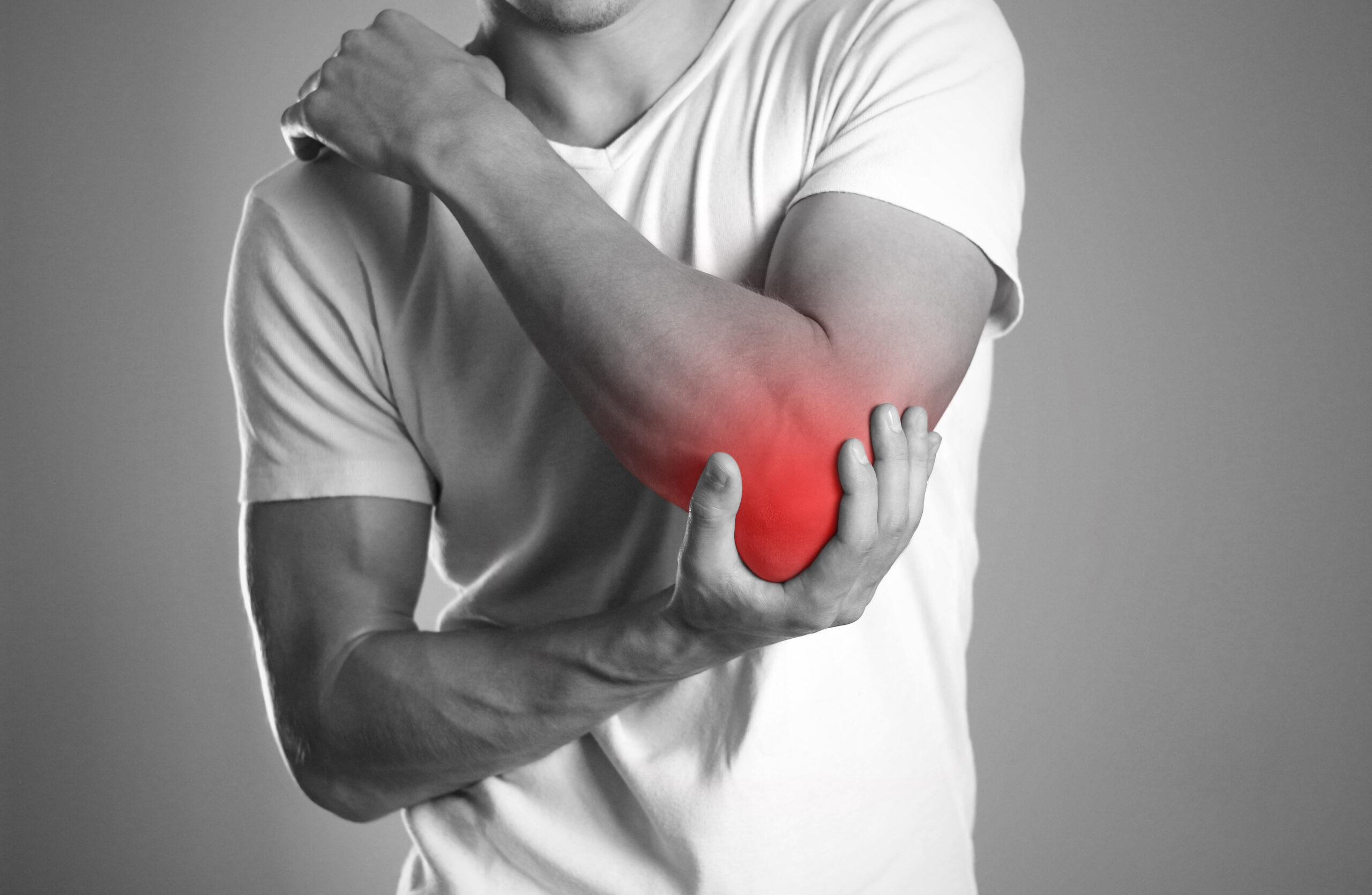If you would like a treatment for your injuries that is powerful but so gentle you can hardly feel it happening – MLS Laser therapy could be for you.
What is MLS Laser Therapy?
MLS is a modern, science-based treatment that uses low-level laser therapy (LLLT) to help reduce pain, inflammation, and swelling. Combining the standard wattage of a low-level laser with a powerful intermittent pulse to increase the rate of healing, MLS is a cold laser treatment, meaning patients will not feel heat or the burning sensation associated with traditional laser treatments. Low-level laser is the application of a red, or near-infrared, light over an injury site and is an example of phototherapy. When this laser light is directed at the problem area, the photon energy (light energy) is converted to biochemical energy. In living tissue, this conversion of one form of energy to another causes a cascade of positive effects. When changes to cellular activity occur in response to phototherapy it is known as Photobiomodulation (PBM). Low-level laser therapy resulting in these cellular changes can facilitate a patient’s recovery by:
- Reduction of inflammation in damaged tissue
- Accelerated healing times
- Increased production of blood vessels
- Increased analgesia (pain relief)
- Reduced muscle contraction
- Providing a painless treatment option
- Penetrating more deeply into the injury site, creating greater access to damaged tissue
What can MLS laser therapy be used for?
Low-level laser therapy is used in the treatment and management of musculoskeletal conditions all over the body and is considered to be a valid rehabilitation tool. It is commonly used for reducing pain in sports injuries, strains, sprains and tendinopathies, and for decreasing swelling and inflammation. Low-level laser therapy may also speed up the rate of healing in damaged tissue. MLS laser therapy provides a painless option for the reduction of symptoms and promotion of healing.
How does MLS laser therapy work?
LLLT works by what can be summarised as photochemical, photothermal, and photomechanical effects.
PHOTOCHEMICAL This is a change that is relating to, or caused by, the chemical action of light. LLLT stimulates our tissue photochemically to cause the activation of mitochondria, which results in increased synthesis of ATP (the principle unit of energy used by our cells as fuel).
PHOTOTHERMAL This effect relates to the photoexcitation of tissue that results in the production of heat ie. light energy converted to heat energy. This phenomenon has been shown to increase tissue metabolism, reduce the inflammatory response, produce an analgesic effect, increase blood supply and lengthen connective tissues (muscle relaxation) upon application of LLLT.
PHOTOMECHANICAL This is the application of laser light energy to tissues, leading to a suitable level of mechanical stress to the area. Mechanical stress is a necessary part in maintaining balance and equilibrium in our bodies at a cellular level. Mechanical stress to bone, connective tissue, muscle, and cartilage leads to regeneration of tissue and stimulates cell growth.
Is MLS laser therapy suitable for me?
MLS is suitable for a wide range of injuries, including sports injuries, and chronic pain conditions. Make an appointment for a consultation with us to see how MLS laser therapy can help to ease your symptoms or assist in your healing.






